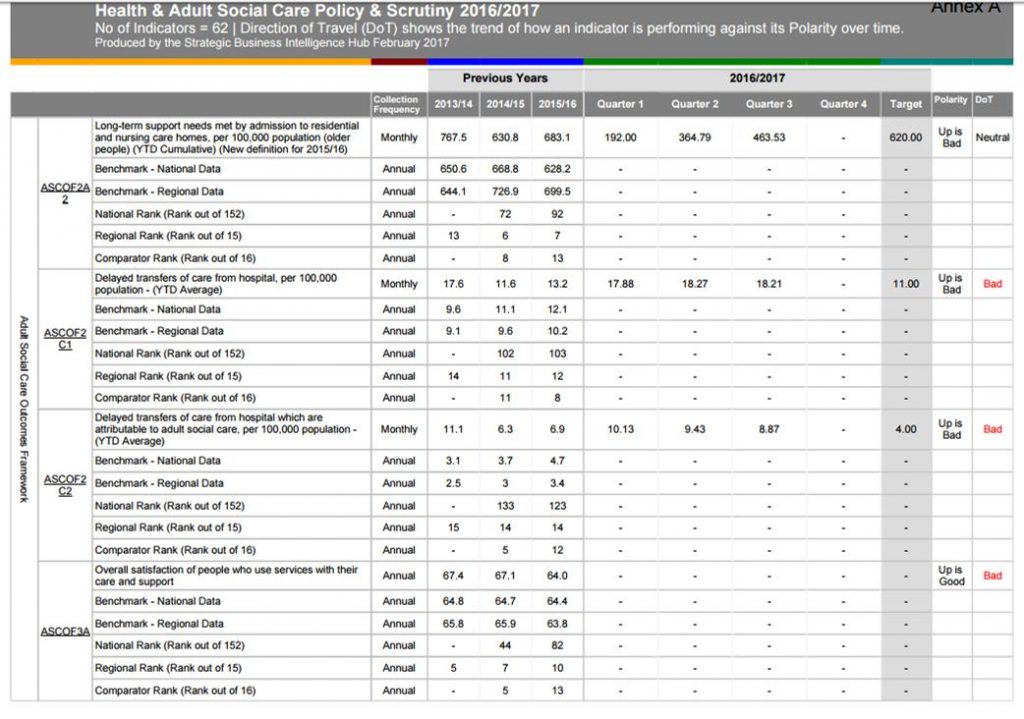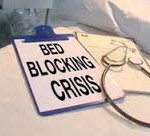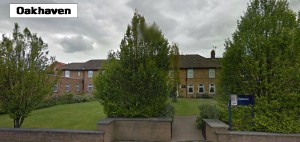
Oakhaven
The enthusiasm shown by the York Council in moving elderly people out of their homes is being questioned.
Some empty Elderly Persons Homes have yet to be reused
We highlighted the neglected state of Willow House last month. It has been empty for over a year.
..but this pales to insignificance when you consider what has happened at Oakhaven on York Road.
Residents moved out of the building 3 years ago.
In 2015 the Council announced that a new facility would be built there as part of a plan to provide 525 new elderly persons places “before the end of 2018”. Work at Oakhaven was timetabled to be complete with the new facility ready for occupation by May 2018. We said at the time “Given the Council’s shambolic record on project management, we doubt if we will see any improvements much before the end of the decade”.
More than a year ago the Council said that a new facility would not open until “2019 at the earliest”.
There is still no sign of work starting.
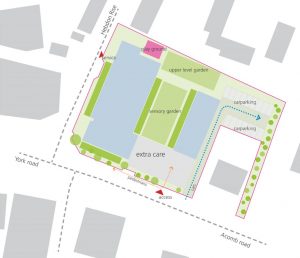
Oakhaven site plans published earlier in the year
In February the Councils preferred operator for a new facility Ashley House – who had been appointed in March 2017 – consulted on a proposed design but nothing more was heard about the plans.
No redevelopment timetable has been published by the Council and an update report doesn’t even figure in the Councils forward plan which cover the period up to the end of March. There will be an item on the November Executive agenda but this refers only to Lincoln Court and Glen Lodge
There has been some short term use of the buildings to house potentially homeless people but these are now well catered for by a new building at James Street
In the meantime, the delays will mean more pressure on hospital beds as managers struggle during the winter period to find suitable accommodation into which recovering older people can be transferred.

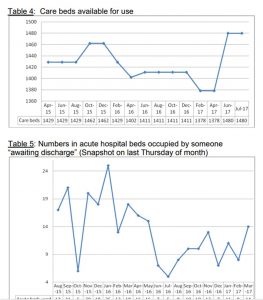

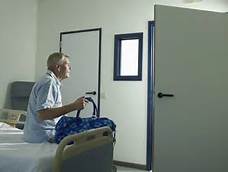 The Care Quality Commission (CQC) is reviewing the York health and social care system and delayed transfers of care.
The Care Quality Commission (CQC) is reviewing the York health and social care system and delayed transfers of care.